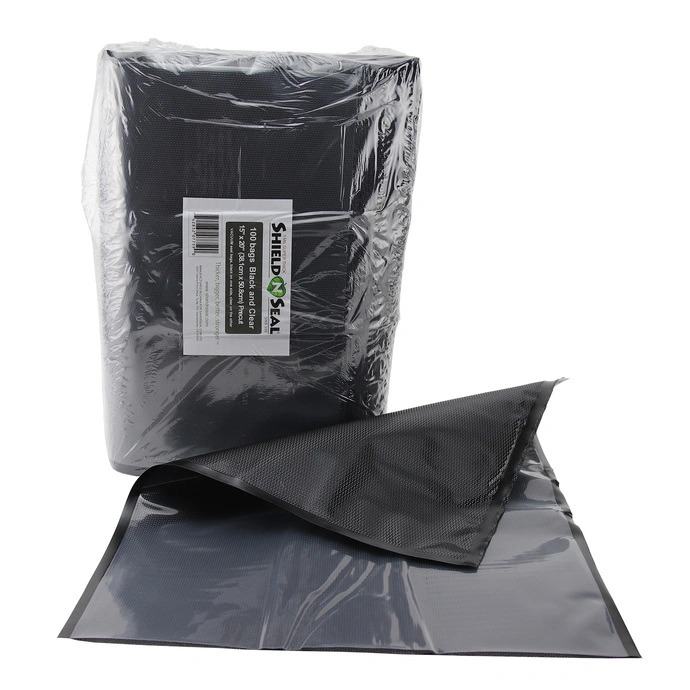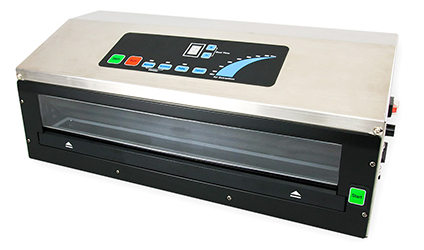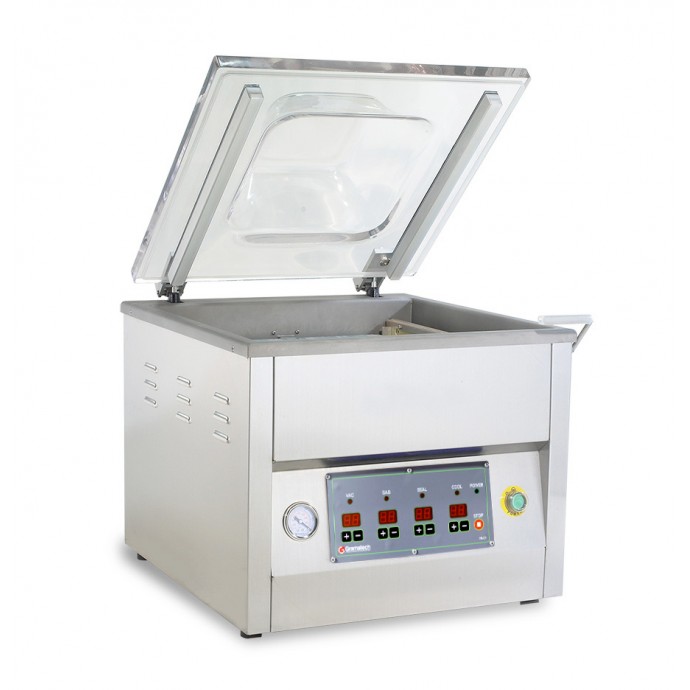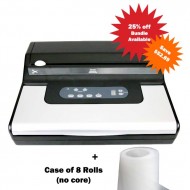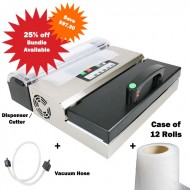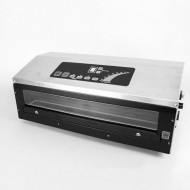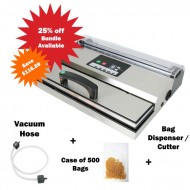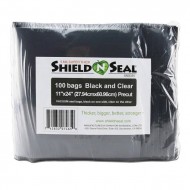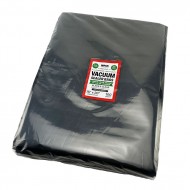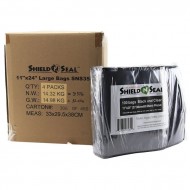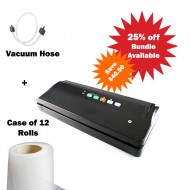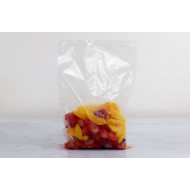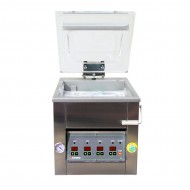
Vacuum Sealing for Hunting and Fishing
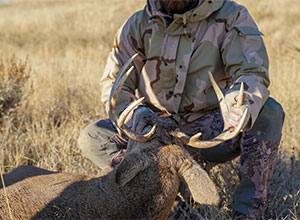
Across the U.S. and around the world, people who hunt and fish as a means of putting food on the table have realized the value of vacuum sealing wild harvested meat. Whether you're hunting deer, elk, moose, antelope, caribou, bighorn sheep, mountain goat, squirrel, duck, goose, turkey, pheasant, or grouse, or fishing for salmon, trout, bass, catfish, cod, or tuna, there is simply no better way to quickly and securely preserve large quantities of fish and game meat than with a high quality vacuum sealer and sturdy vacuum seal bags. As experts in vacuum sealing technology, IMPAK has long been a go-to resource for hunters, preppers, and meat processors both small and large-scale.
Why Is Vacuum Sealing Better?
Most of us don’t have industrial-size food storage facilities, so when bringing home large quantities of meat, you really want to clean, process, and preserve it as quickly and efficiently as you can while ensuring that none of your good cuts will go to waste. And if you’ve brought home a good haul, you want to be able to keep much of it in storage for weeks or months to enjoy later. And you don’t want to go through the disappointment of finding out that what you were looking forward to making for dinner has spoiled.
Fresh meat stays edible for just a few days if it is only refrigerated. In order to keep meat in good condition for longer, even up to two years, the trick is to freeze it and prevent it from being exposed to any air. Wrapping meat in paper and even putting that meat into ziplock bags does not do the trick. Even small amounts of oxygen will lead to spoilage over time, and ziplock bags do not reliably keep oxygen from seeping in.
Therefore - and you will see this confirmed on message boards all over the internet - the best way to preserve fresh meat is to put it in a sturdy pouch designed for vacuum sealing, remove all the air inside with a powerful vacuum sealing machine, and freeze it.
Important notes: It is vital to make sure you remove the excess moisture from your fish and meat cuts before sealing and freezing. Clean towels work well for this purpose. Excess moisture can be bad for your vacuum sealer, and can turn into vapor in freezing conditions, which can cause oxidation and spoilage. Also, be sure to check your bags after sealing to make sure the seal is good. After sealing, the bag should be fairly rigid and have no air bubbles or wrinkles.
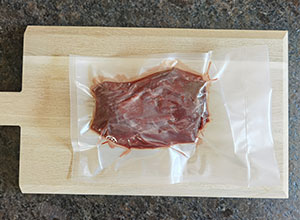
Reasons to Vacuum Seal:
- Meat stays fresh and flavorful, even months later
- High quality bags prevent freezer burn and spoilage
- Maintains the appearance of the meat by preventing oxidation
- Smells are locked in so your freezer won’t get a meat or fish odor
- Concentrates seasonings packed with your meat (salt, herbs, etc)
- Bags can be re-sealed if the contents aren’t all used
- Keeps meat in best condition if you intend to sell it
What Are the Best Bags for Vacuum Sealing Meat?
The choice of bag makes all the difference in the condition of your meat when you take it out of the freezer. Thin bags (like Foodsaver bags, which are only 3 mils thick) do not provide a high enough oxygen and moisture barrier and they are liable to tear accidentally, which often results in freezer burn. Some people recommend double-bagging your meat, but that’s wasteful. And remember, if one thin bag can tear, two thin bags can tear. Using a tough 5 mil thick bag such as the heavy duty Shield N Seal bags we offer is a far better option. These nylon/polyethylene BPA-free food-safe precut bags have the necessary textured surface required for the vast majority of clamp-style home vacuum sealers, and at 5 mils thick, they can take a beating without tearing. Plus the 11" x 24" and 15" x 20" sizes allow you to seal large fish and most big cuts of meat. Scroll down to see these highly recommended vacuum seal pouches, which we are offering at great prices.
Remember to always use channel / embossed / textured vacuum bags with clamp-style vacuum sealers like the ones mentioned below!
What Kind of Vacuum Sealer Do I Use?
If you search the internet for home vacuum sealers, you’ll see a ton of options. Foodsaver, Cabela's, Anova, Vevor, Nesco, VacMaster, and Avid Armor all make quality machines. Here at IMPAK, our engineers design and build vacuum sealing machines for major companies in a variety of industries. We have manufactured some of the most powerful vacuum sealers available. In fact, IMPAK sells many chamber vacuum sealers for large-scale projects at major companies. See more about chamber sealers below.
We also realize that the most powerful vacuum sealers are also the largest and most expensive. So IMPAK offers several options in the economical CounterMate™ Series of clamp-style home vacuum sealers and we stand behind their quality and durability. These models stand up to years of frequent use and work well with any textured vacuum seal bags, including the heavy duty Shield N Seal brand pouches.
What About Chamber Vacuum Sealers?
If you are able to make the investment, sealing your fresh fish or meat with a chamber vacuum sealer will definitely yield the best results. Instead of sucking the air out of a bag, with these machines you place your bag into an air-tight chamber where a powerful vacuum is created and the bag is sealed. The result is a much stronger vacuum seal than any small clamp or nozzle-style machine can create. Aside from creating a very strong vacuum, one of the other benefits of a chamber vac is that moisture from the product being sealed does not get sucked into the machine (though we still recommend removing excesss moisture before sealing).
It's important to remember that because chamber vacuum sealers work differently from small clamp-style units, they require different kinds of vacuum seal bags - specifically, smooth (non-textured) bags should be used with chamber sealers.
Questions? Contact us for advice on the best equipment for vacuum sealing your fish and meat.

